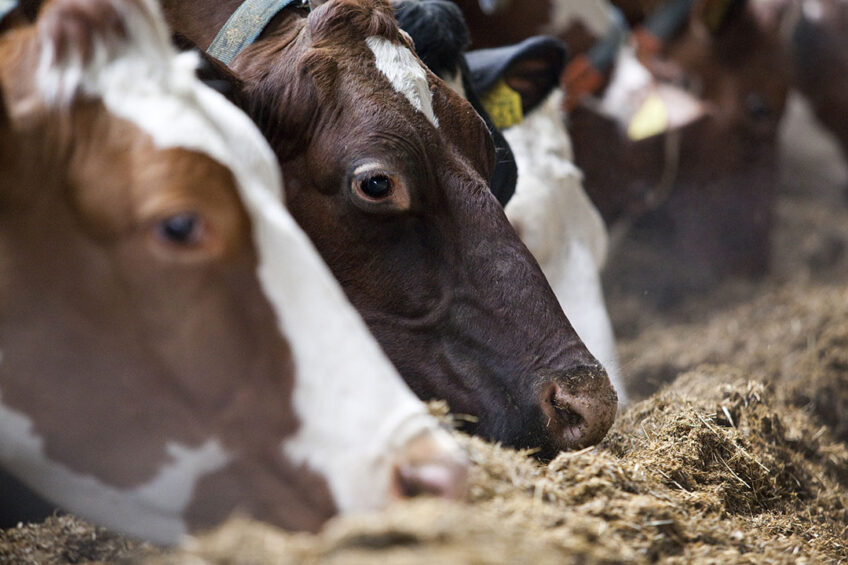Faster way to detect Johne’s disease in dairy cattle

Scientists in Northern Ireland have developed a new test for Johne’s Disease in dairy cattle which promises to be more sensitive and faster than current tests.
Researchers at the Institute for Global Food Security (IGFS), 1 of 4 global research institutes at Queen’s University in Belfast, have developed the test with the university’s School of Biological Sciences.
The new test promises to be both more rapid and sensitive in detecting the infectious agent (MAP) of Johne’s Disease in veterinary specimens and is showing greater detection capability than the milk-ELISA test that is currently used. Crucially, the team says it detects live infectious agent, not just antibodies against MAP as are detected by milk-ELISA.

Johne’s disease is an infectious wasting condition of cattle and other ruminants caused by Mycobacterium avium subspecies paratuberculosis, commonly known as Map. It is closely related to the organism that causes tuberculosis.
The disease progressively damages the intestines of affected animals, and in cattle this results in profuse and persistent diarrhoea, severe weight loss, loss of condition and infertility. Affected animals eventually and inevitably die.
In dairy herds, the presence of Johne’s disease will significantly reduce milk yields well before other signs of the disease can be found.
Study
In a recent study, the new test was able to detect more infected animals by milk testing than milk-ELISA, so could potentially facilitate control of Johne’s Disease faster. As well as bovine milk, the new test can also be applied to faeces and blood from livestock.

The test was developed by Professor Irene Grant and her post-doctoral researcher Dr Antonio Foddai at IGFS and their research was published in the open-access journal Applied Microbiology and Biotechnology. They hope to now move to the applied stage of the science with further development and validation of their test for MAP infection at farm level.
Prof Grant said: “As farmers will know, Johne’s Disease is an endemic animal health issue worldwide, particularly in dairy herds. It is certainly present in Northern Ireland dairy herds but the true prevalence of Johne’s Disease in the local context is not accurately known.
 Johne’s disease – new advances, new era
Johne’s disease – new advances, new era
A study on herd elimination of the disease is moving forward in the province of Alberta, Canada. There is also news on a vaccine development strategy that promises real results for the first time in Johne’s disease history.
“I hope our test will offer more accurate, rapid and quantitative results, and therefore help farmers and vets make more informed decisions about the infection status of animals in order to control the disease more effectively within herds.
I also hope it will generate more accurate data on the prevalence of Johne’s Disease within Northern Ireland and therefore build a better picture of this animal health problem,” she said.
The new test was developed as part of an Agri-Food Quest Competence Centre project, and was a collaboration between IGFS, AgriSearch, Biorex Food Diagnostics, and Dale Farm. Johne’s disease is not a notifiable disease in England, Scotland and Wales, but it is notifiable in Northern Ireland.
Join 13,000+ subscribers
Subscribe to our newsletter to stay updated about all the need-to-know content in the dairy sector, two times a week.










